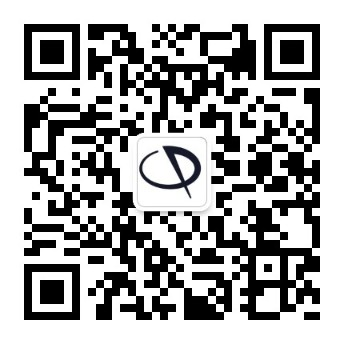Phasics
- Wavefront, MTF and QPI measurement solutions
- Products
- Applications
- Markets
- Company
- Contact us
Transmitted and reflected wavefront error testing (TWE & RWE) are two common methods used to test the quality of optical components such as lenses, mirrors, and optical systems. These methods are employed to assess the wavefront error, which refers to the deviation of an optical wavefront from its ideal shape. By subjecting optical components and to wavefront error testing, manufacturers and researchers can evaluate the performance and quality of individual optics but also the overall optical system. This enables them to identify and address any wavefront errors caused by manufacturing defects, surface imperfections, or misalignments, ensuring optimal functionality and performances.
Transmitted Wavefront Error (TWE) testing is a common method used to evaluate the quality of lenses and other transparent optical elements. To perform a TWE test, the transmitted light is directed onto a wavefront sensor or an interferometer (Fizeau interferometer or Twyman-Green interferometer), which quantifies the deviation of the transmitted wavefront from its ideal shape.
Reflected wavefront error (RWE) testing provides information about the surface shape (or reflected wavefront error) and allows for evaluating the quality of optical elements such as mirrors. RWE testing involves directing a light source at the optical element and measuring the wavefront error of the light reflected from it. The RWE data allow assessment of the topography and surface quality of the optical elements. RWE testing reveals information about the reflected wavefront, identifying any deviations from the ideal shape, as well as analyzing the surface characteristics such as roughness, irregularities, and defects.
Measuring Transmitted and Reflected Wavefront Error (TWE & RWE) is crucial for evaluating optical system performance and components surface shape. High TWE or RWE values are caused by wavefront aberrations and result in reduced image quality or suboptimal optical function or surface shape. Transmitted and Reflected Wavefront Error measurements support manufacturing quality control, enable corrective actions, and identify defects that impact the performance of optical components and final optical systems. TWE and RWE measurements also aid in aligning and during final testing of optical systems, ensuring optimal functionality.
